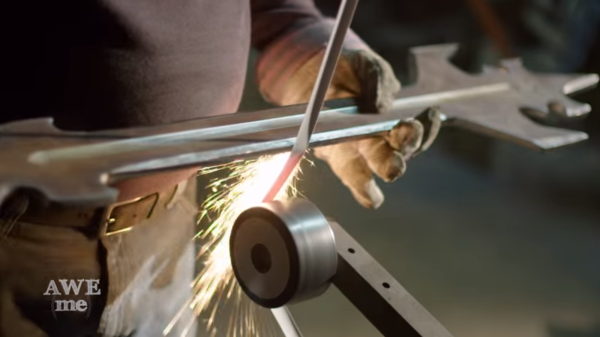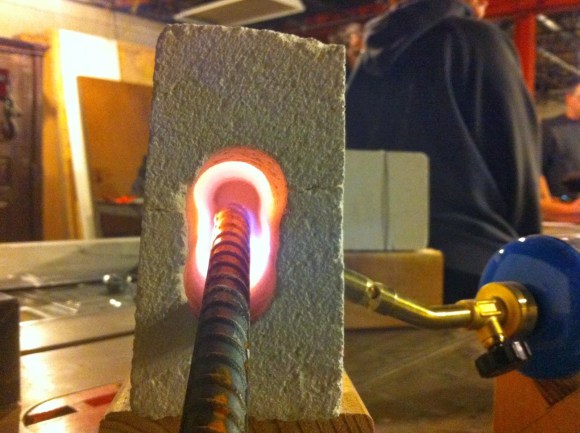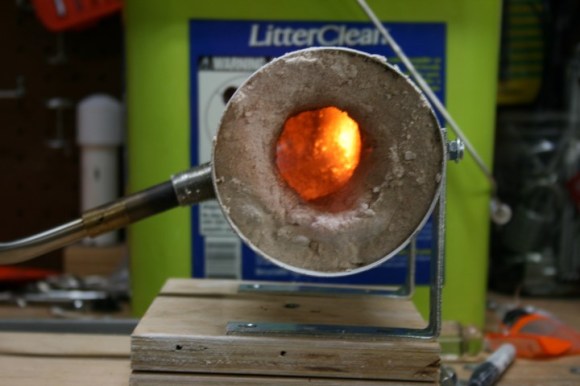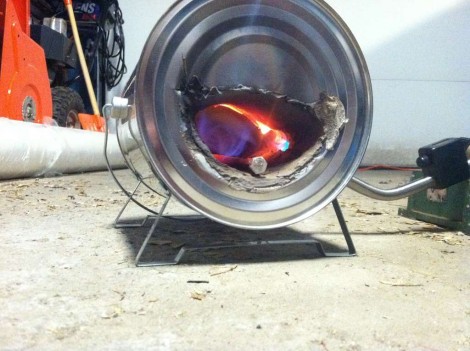Activate interlock! Dynotherms connected! Infracells up! Mega thrusters are go! If you grew up in the 80’s you undoubtedly know that quote means it’s time to form Voltron. The 1984 Lion Force Voltron series has shown an incredible amount of staying power. These 5 lions have come together to form no less than 3 reboot series, the most recent coming out just this month from Dreamworks and Netflix.
[Matt and Kerry Stagmer], blacksmiths for the Man at Arms web series haven’t forgotten Voltron either. Every episode of the original series ended with the mighty robot defeating enemies using an iconic blazing sword. While they might not be able to bring us 5 robot lions which join together to form one mega robot, [Matt and Kerry] can bring us a human sized version of Voltron’s sword (YouTube).
Starting with a high-resolution image of a toy version of the sword, [Matt] traced the outline. The shape was sent over to a plasma cutter. Rather than cut one sword, two outlines were cut. One in 1/4″ steel, the other in 3/16″. A CNC was used to cut grooves in the 1/4″ section. These grooves became the manifold for propane gas jets. Separate jets were cut around the perimeter of the sword. With this complete, the two pieces were carefully TIG welded together.
This sword isn’t all prop and no chop. The upper sections were heat-treated and sharpened to a razor edge. We won’t go so far as to call this practical. It wields more like an ax than a sword. At the end of the day it doesn’t really matter though – this blazing sword is completely awesome.


















